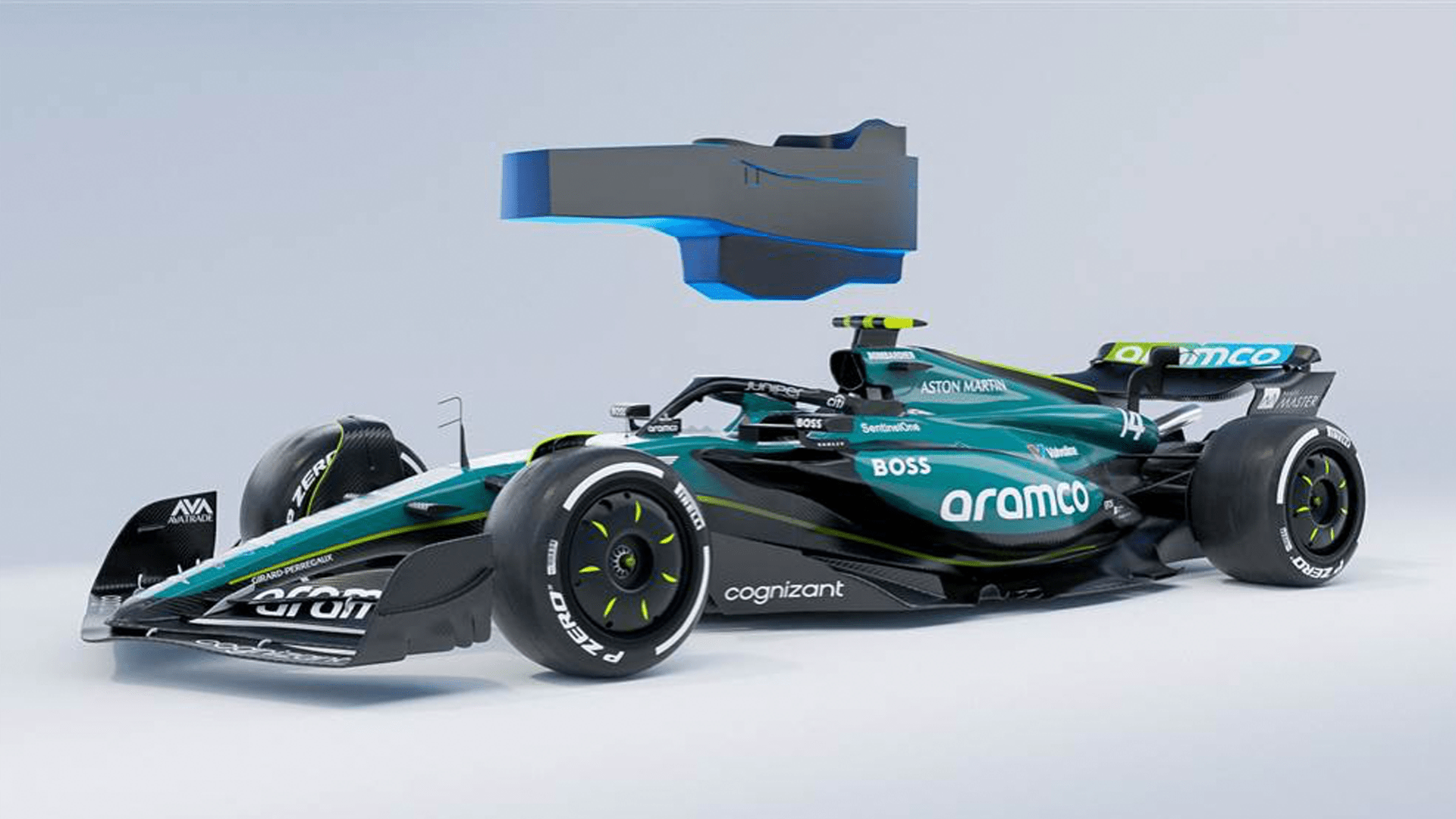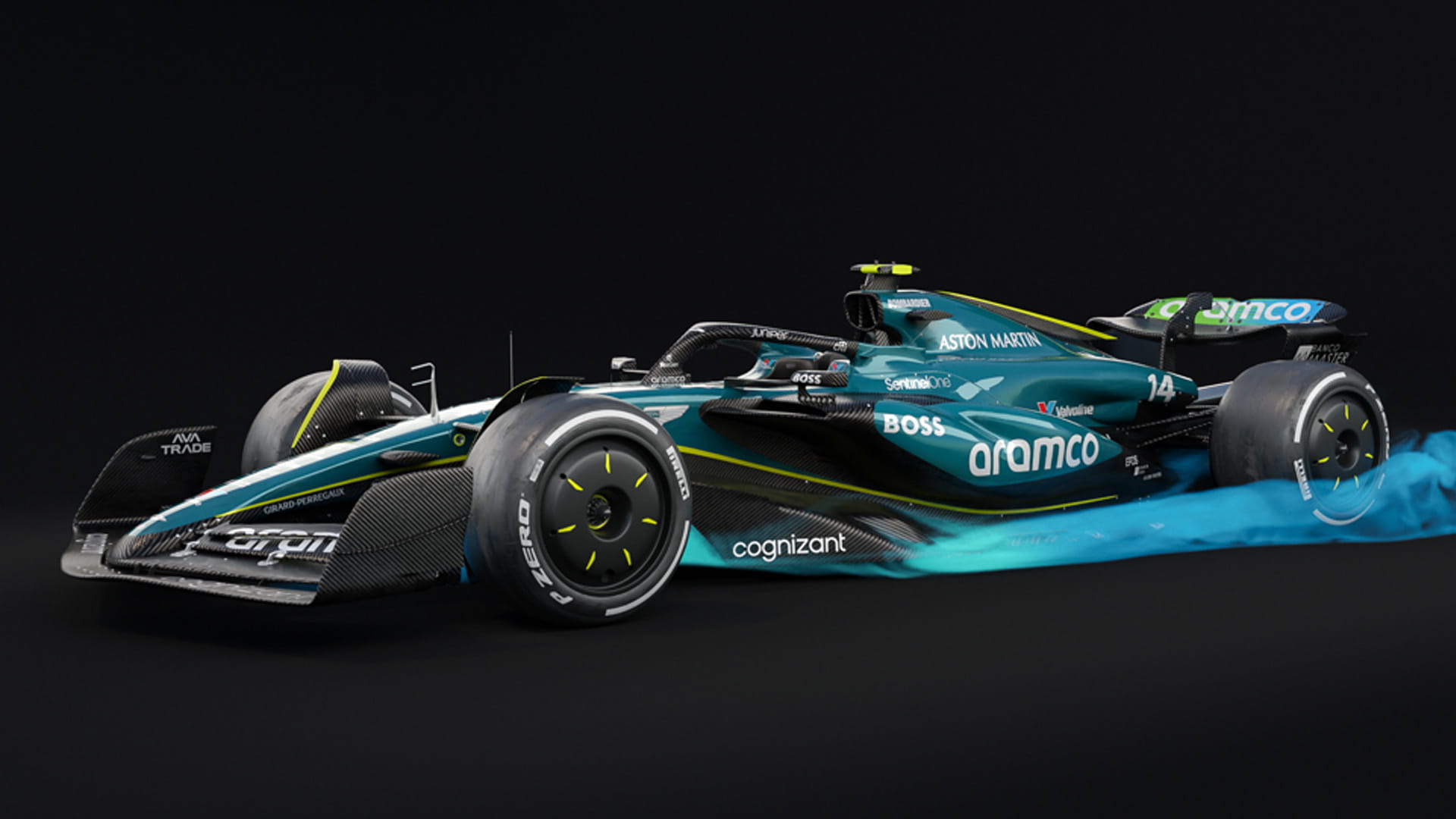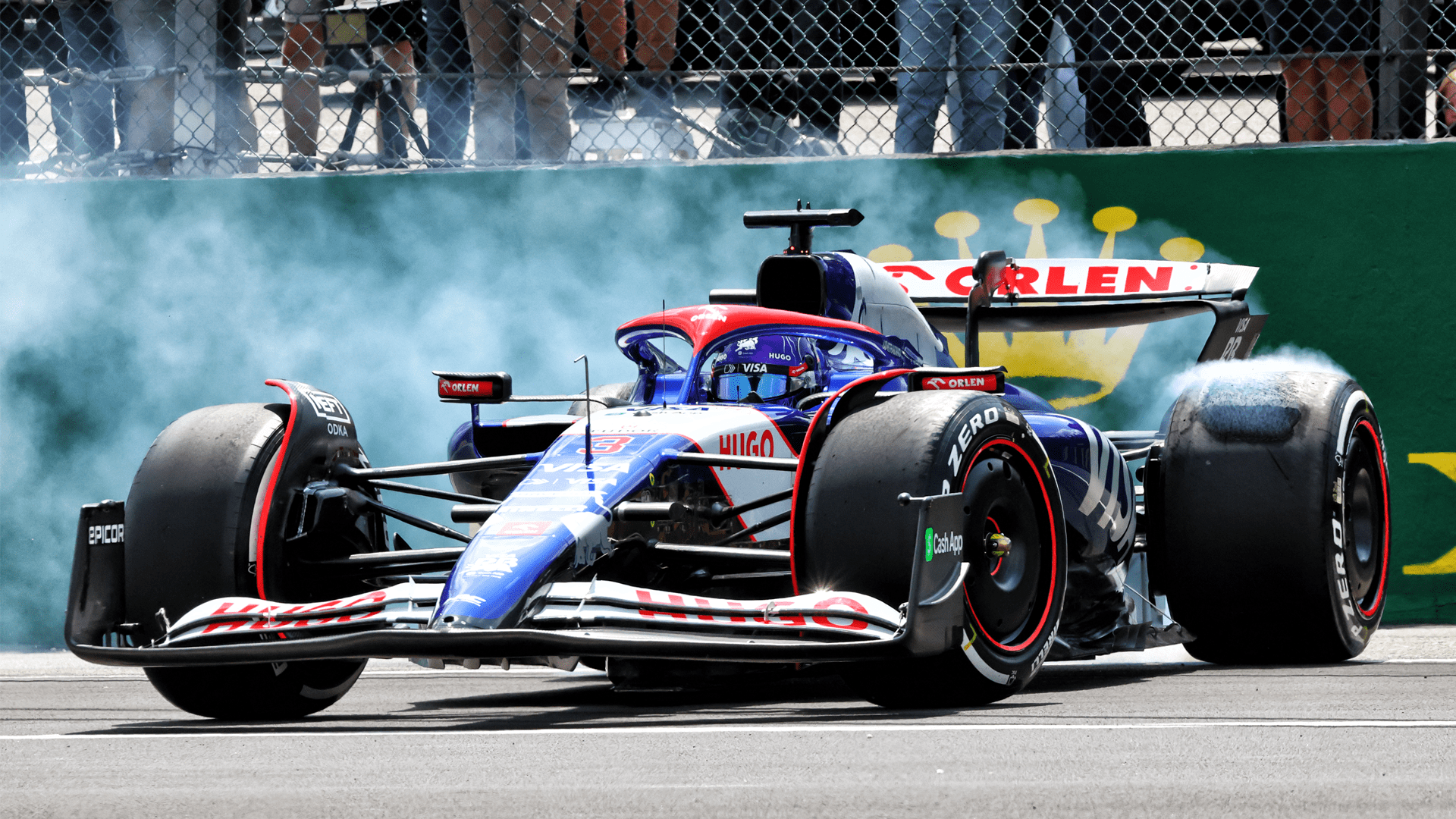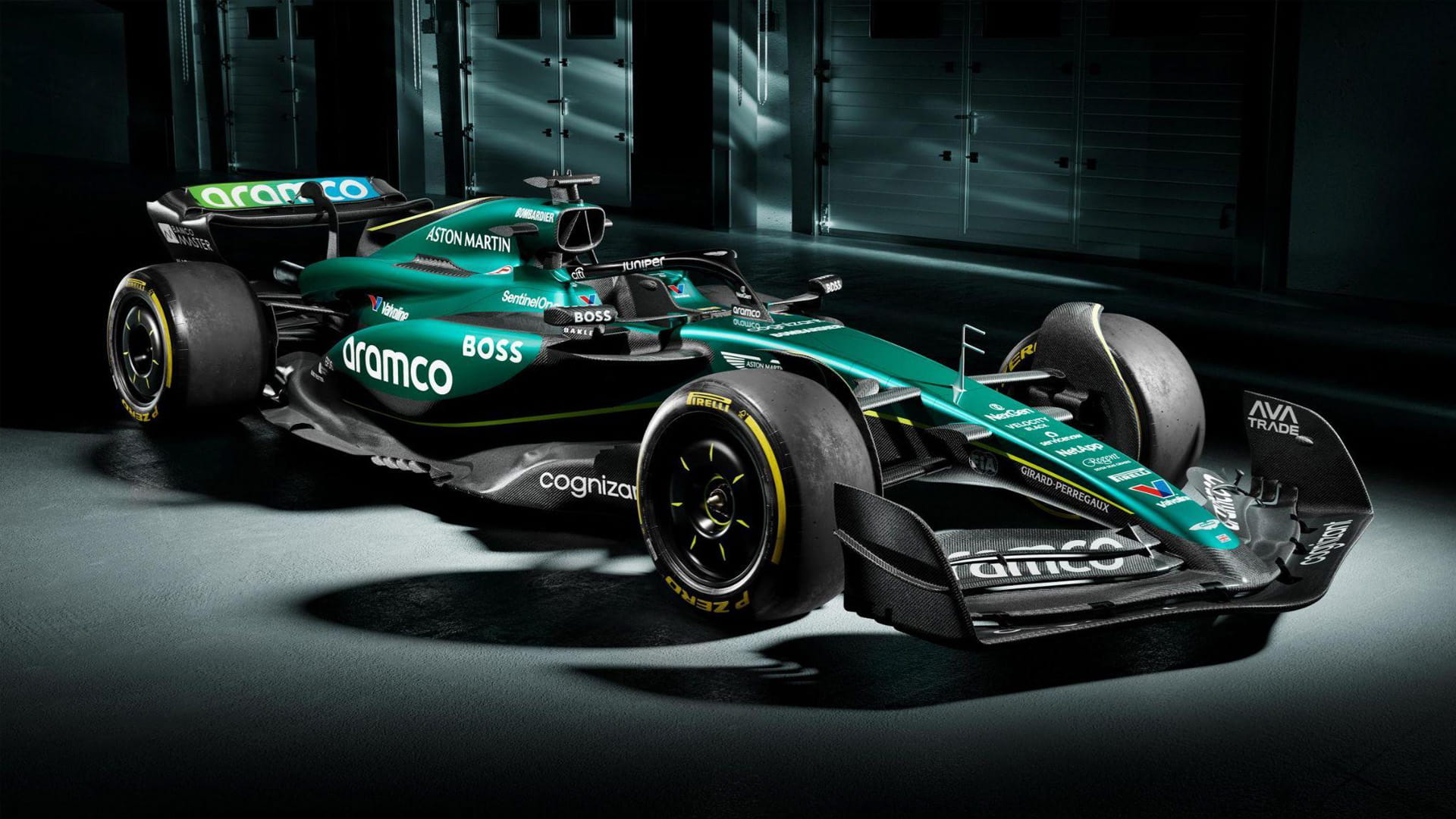Innovation
Formula 1 batteries: The invisible development race essential to F1's new rules
by Matt Beer
4min read
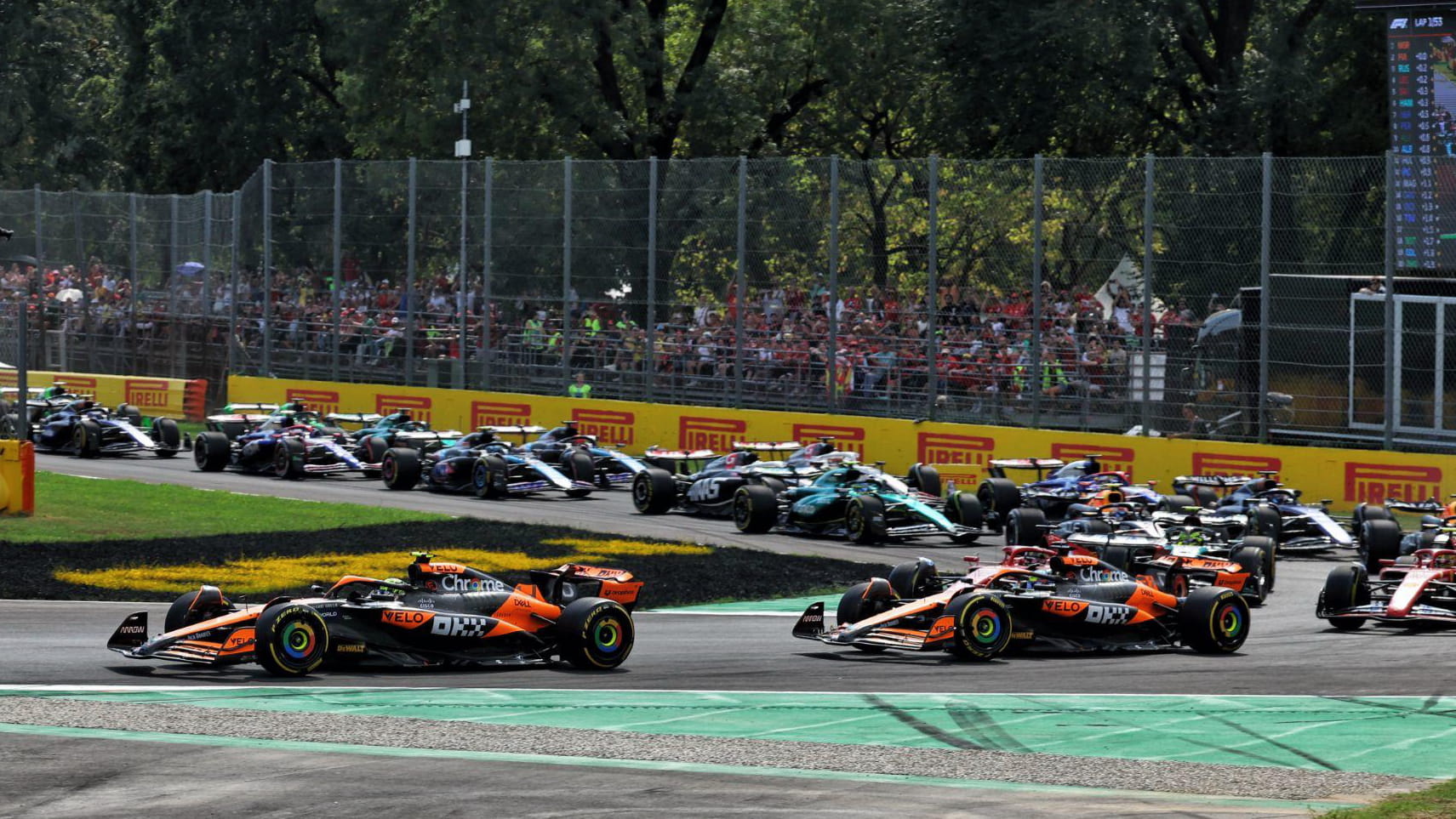
Battery technology has been an integral part of Formula 1’s development race for a decade now, since the advent of the turbo-hybrid regulations, but the forthcoming 2026 rule changes will make it even more critical.
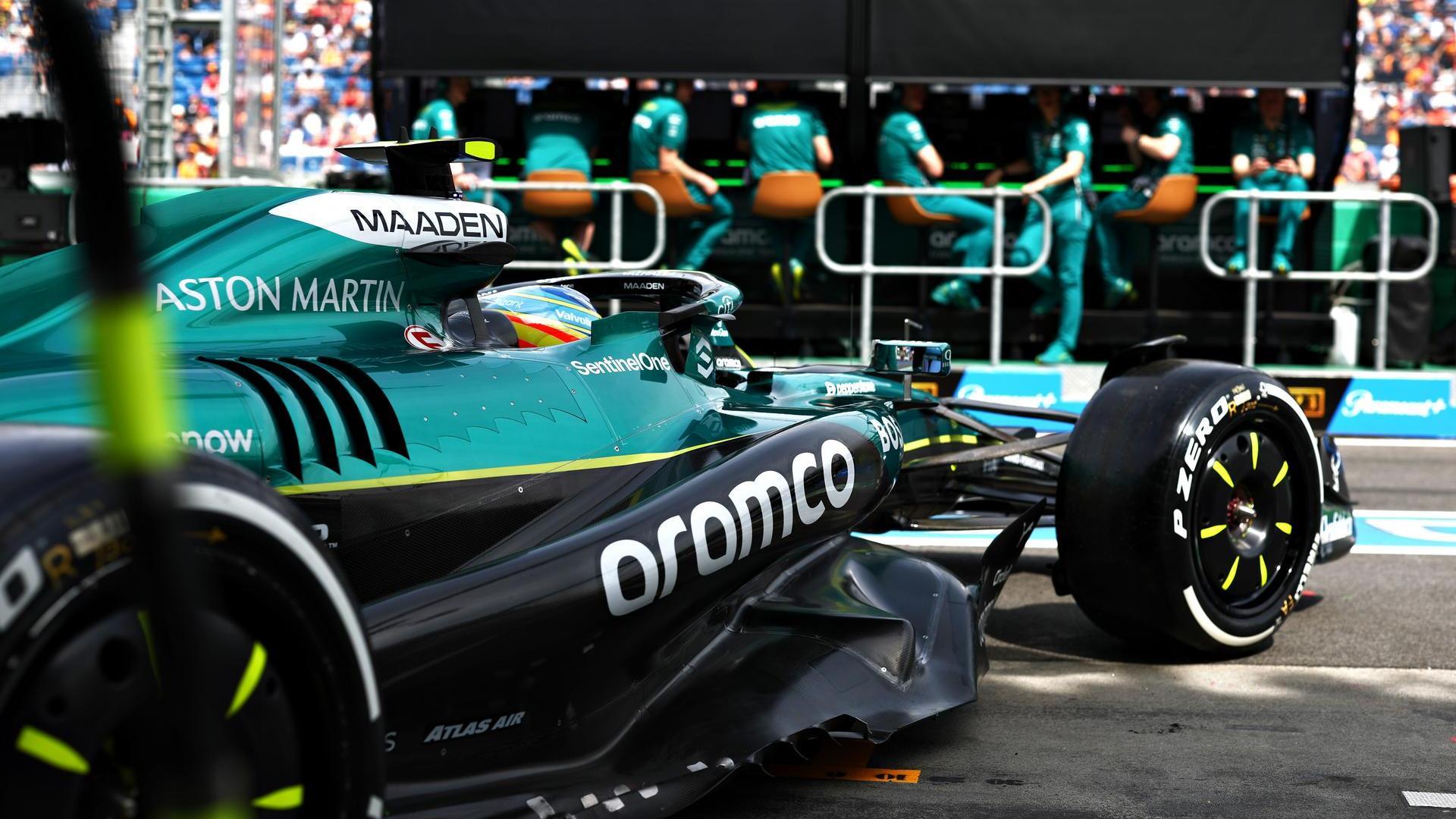
Sign up for a weekly newsletter and we'll make sure you're fully up-to-date in the world of race technology
The battery element of the next-generation power units will be much more powerful, with the amount of electrical energy that can be generated rising nearly three-fold - from 120kW to 350kW.
Fans have become accustomed to the most important technical developments on F1 cars being hidden from view in the ground-effect aerodynamics era when underbody improvements can make so much difference, but battery technology will be even more of a mystery from the outside.
About:Energy is a battery testing and software specialist company whose clients include teams in F1 and other forms of international motorsport. Through simulation technology and testing capabilities, it helps racing teams and manufacturers fully explore battery development possibilities as it remains an area with significant future potential to exploit.
About:Energy chief operating officer Kieran O’Regan spent his studies and now spends his career “tearing apart different batteries” to get a full understanding of their behaviour - because batteries that are “seemingly the same on the surface” can be “so different in design and chemistry” inside.
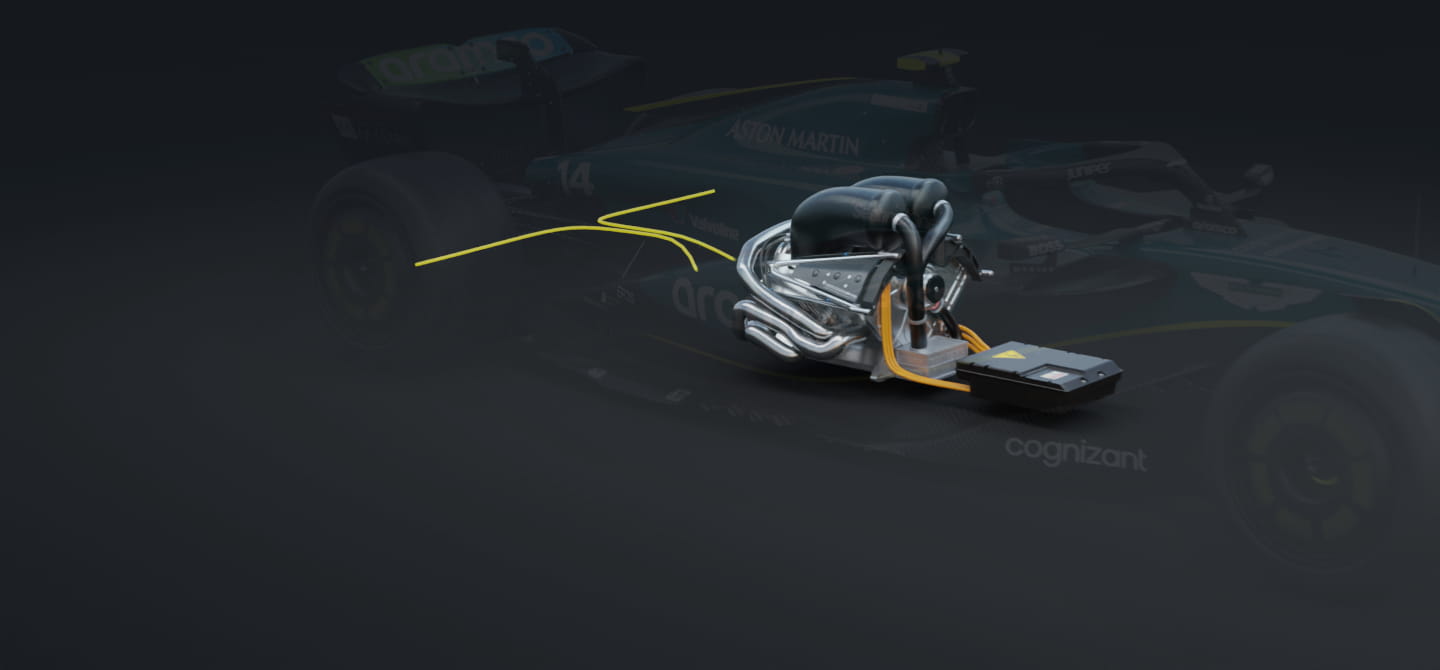
3D render of an F1 battery feeding energy to the rear wheels in the current generation of cars
The variety of compositions that are possible, particularly for motorsport use, makes simulation as essential for accelerating battery development as it now is in what might be thought of as more traditional racing car development areas such as mechanical and aerodynamic changes.
As About:Energy’s chief executive officer Gavin White put it, “you can iterate in a virtual environment much, much quicker than you can in a real-world environment. Using very advanced simulation tools for battery data and battery parameters is actually a core part of motorsport battery pack development”.
That battery pack development race is about to get more integral than ever before in Formula 1. The 300kW hybrid battery element in the next generation power units will need to harvest up to 9MJ per lap, from an energy store that manufacturers will be keen to get down to as close as possible to the minimum 35kg mass stipulated in the regulations.
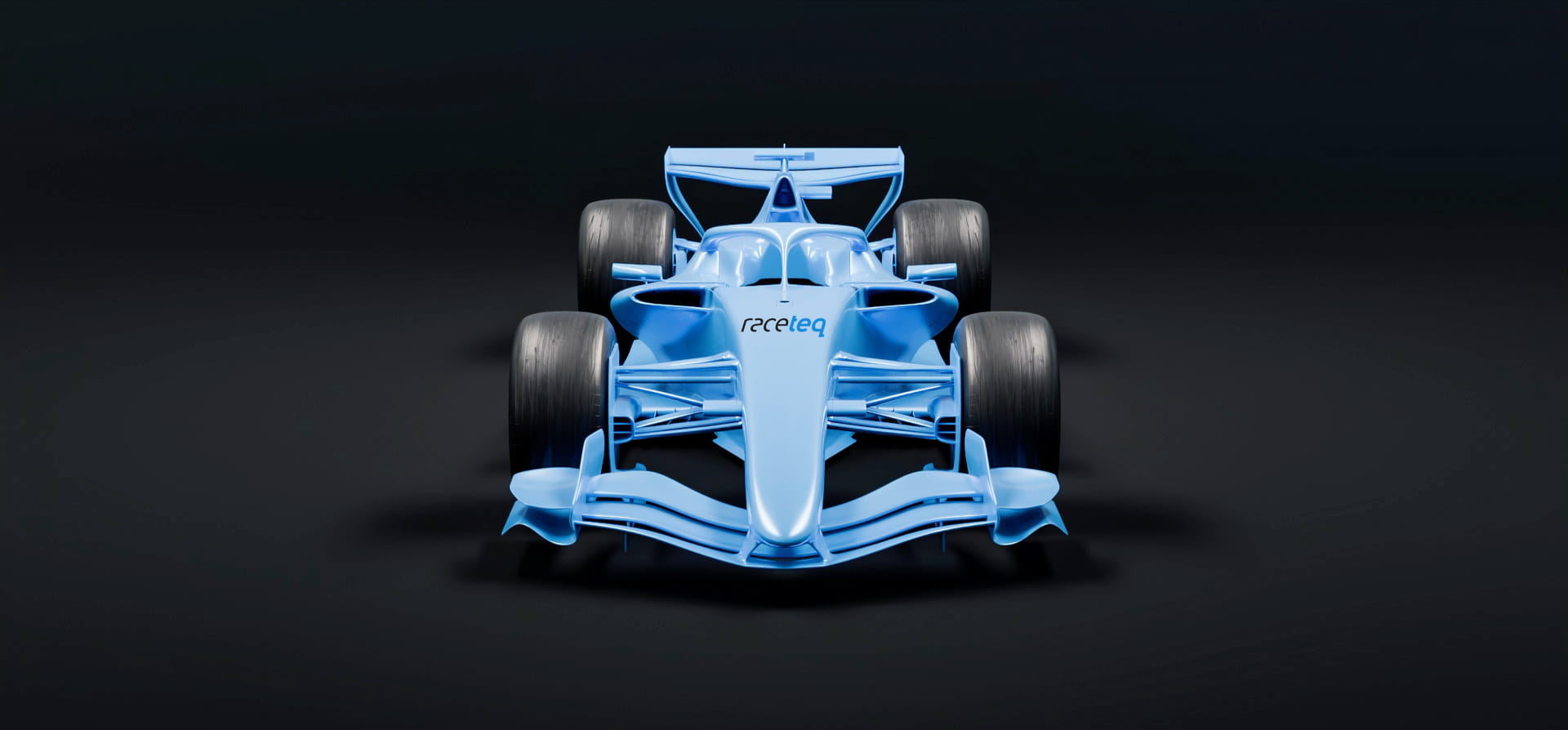
Our 3D render of what the 2026 F1 cars could look like given the latest regulation changes
“It's an extremely difficult challenge to design a battery pack for that application,” explains White. “Even when the driver's braking, the engine will be running very aggressively to recharge the battery, even though energy's also being recovered from braking.
“So we're going to have battery packs in these Formula 1 cars that are being charged and discharged probably 10-15 times every single lap in a race. So the actual duty cycle that these batteries are going to go through is going to be extremely aggressive.
“And the power requirements, so the amount of energy they need to move in a given second, is going to be extremely high. It's an extremely aggressive application, but one that suits Formula 1 engineering perfectly: really squeezing the performance.
“And there are many different areas where they can innovate to get that performance. A lot of it's going to be to do with how they extract the heat from the batteries and keep them in a safe operating window. Also how they optimise the battery charging and discharging for its lifetime. So putting in some clever software to try and manage the peak currents to try to prevent battery degradation.”
Those challenges will come right down to the precise materials used in the cells within the batteries, the chemistries within them and the shapes of those cells. Accurately measuring the data required to make such judgements about battery performance is also extremely complex.
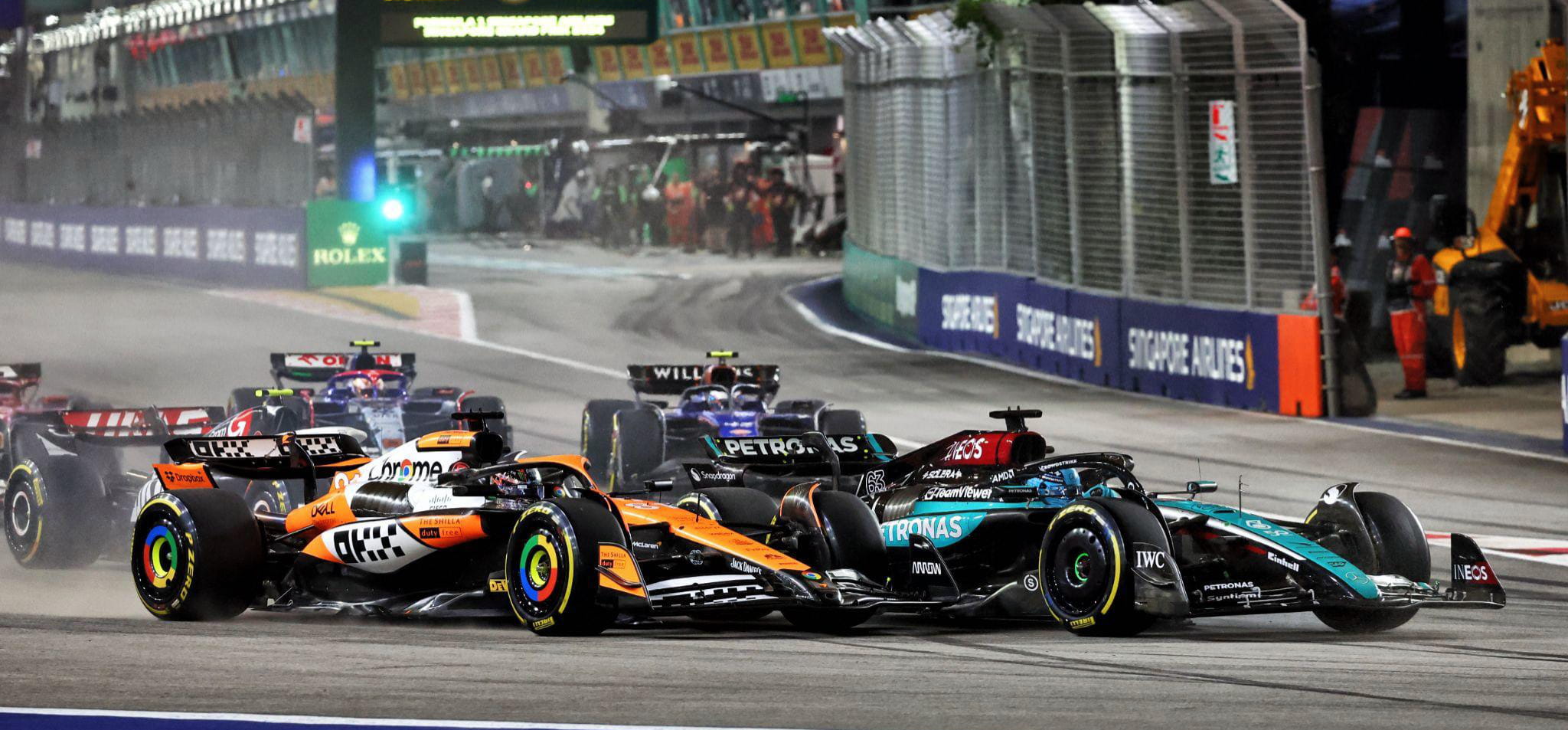
Formula 1 teams use lithium ion batteries but there is plenty of room for innovation
“Even the energy a battery stores is very, very difficult to measure because it depends on so many factors, such as the temperature, the discharge rate, and the state of health of the battery,” White explains.
“And battery resistance is a function of temperature, state of charge, and current history. So it's like more of a resistance map.
“But then going into more nuanced parameters, you've got the thermal properties - so thermal conductivity and heat capacity - and they basically determine how hot the battery gets at its core inside and how quickly it heats up.”
O’Regan adds: “A battery is not a homogeneous mass. It has many different components within it. The negative electrode, typically graphite, contains silicon.
And the positive electrode contains a lot of these raw materials and critical minerals we hear a lot about like cobalt, nickel, manganese. And then there's also liquid in there to facilitate ion transfer. It's a very complex device and component.”
This allows About:Energy customers such as the F1 teams to “model the physical states for these batteries and then really push the boundaries of regeneration or even understand at a more physical level how these batteries degrade and how to mitigate that”, O’Regan adds.
F1 uses lithium ion batteries - now a relatively established technology, but one where, especially compared to traditional lead-acid batteries, White still feels there’s “a significant way to go in terms of reaching some of the theoretical considerations of how we think about power and energy” and still potential for developments that “represent a step change in maybe lifetime or energy or power”.
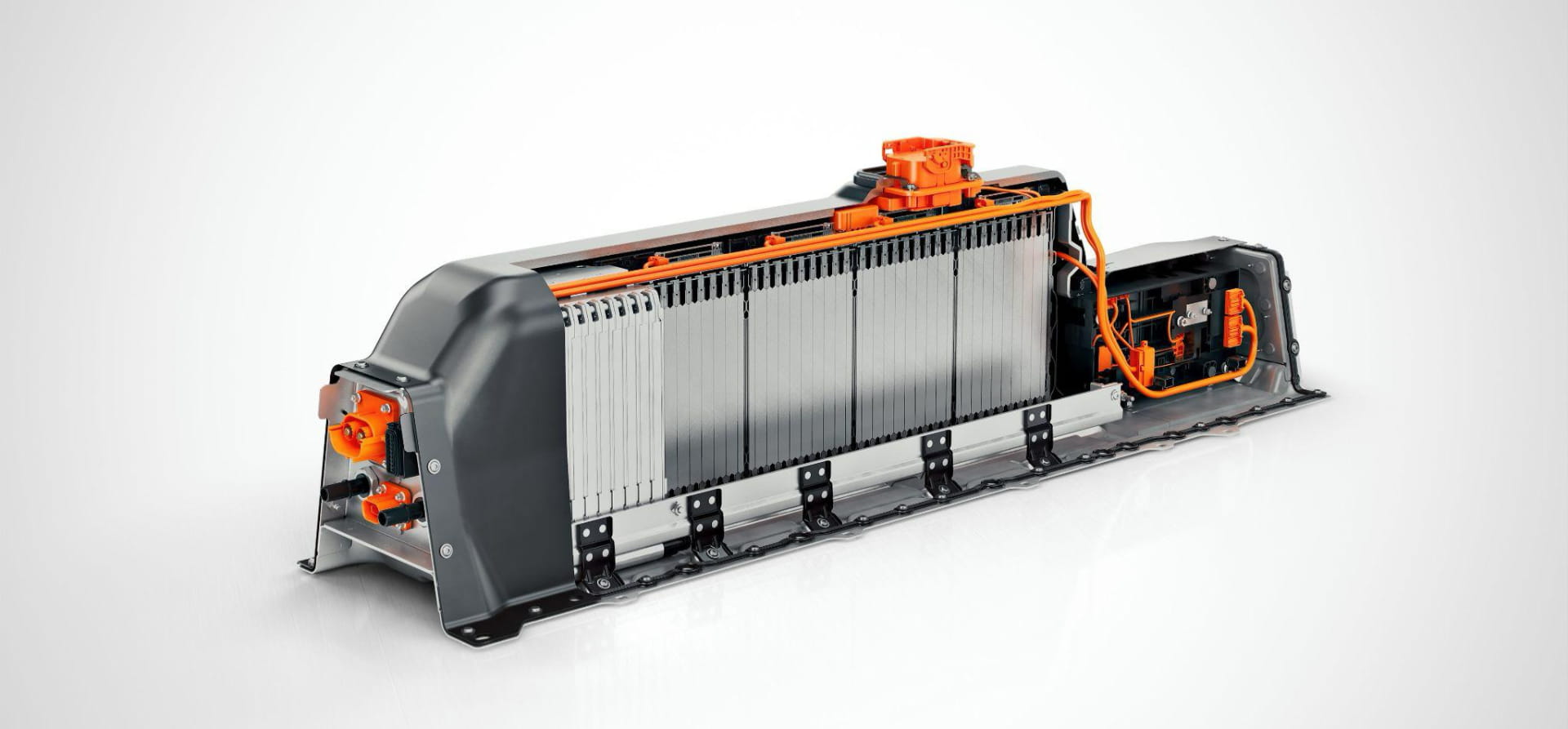
An example of a road-going lithium-ion battery, courtesy of Volvo
But perhaps the next big step will come from F1’s battery creators switching to solid state technology. Conventional batteries require a liquid electrolyte to allow ion transfer, which is often flammable - creating one of the main safety concerns around battery technology.
Removing that wouldn’t be the only advantage to switching to solid state batteries, though.
“The energy density can be better because you have a lot more efficiency and you can build batteries that are very compact because that sort of ceramic solid can be made to be very thin, so it really facilitates better performance,” says O’Regan.
And it’s an area where F1 allows enough freedom for manufacturers to explore many different solutions.
“How these technologies are then implemented in Formula 1 is going to be very, very interesting,” says White.
“The rules and regulations are quite wide open so it's going to give a lot of flexibility to the Formula 1 teams about what technology they pick, whether it's lithium ion and what flavour of lithium ion - whether it's nickel manganese cobalt oxides, phosphate batteries silicon anodes, semi-solid state or whether they make the full leap to full solid state immediately, in the near future or the long term.
“That's going to be very interesting to see how it plays out.”
.jpg?cx=0.5&cy=0.5)
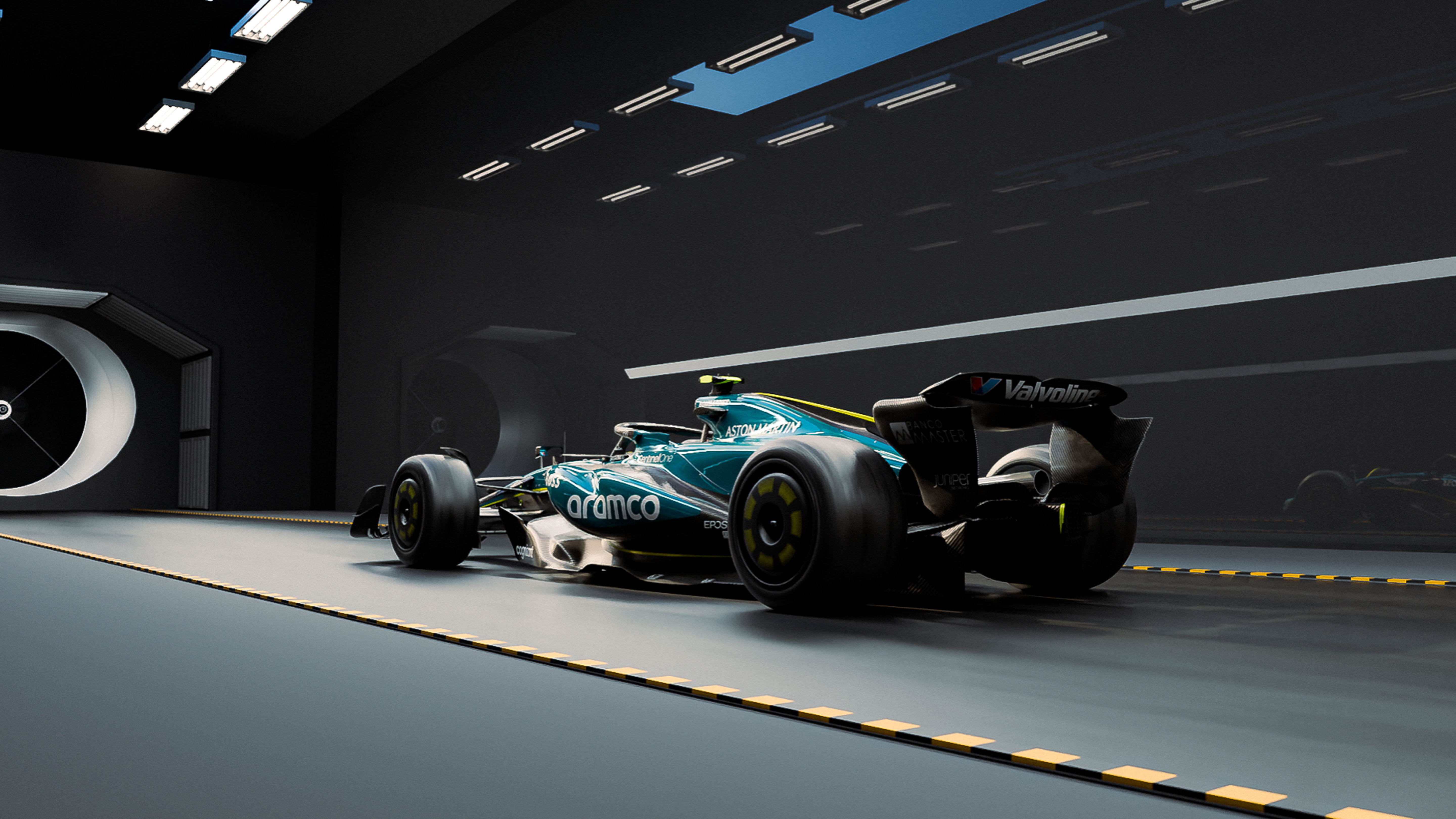
/xpb_1314694_hires.jpg?cx=0.48&cy=0.64)
